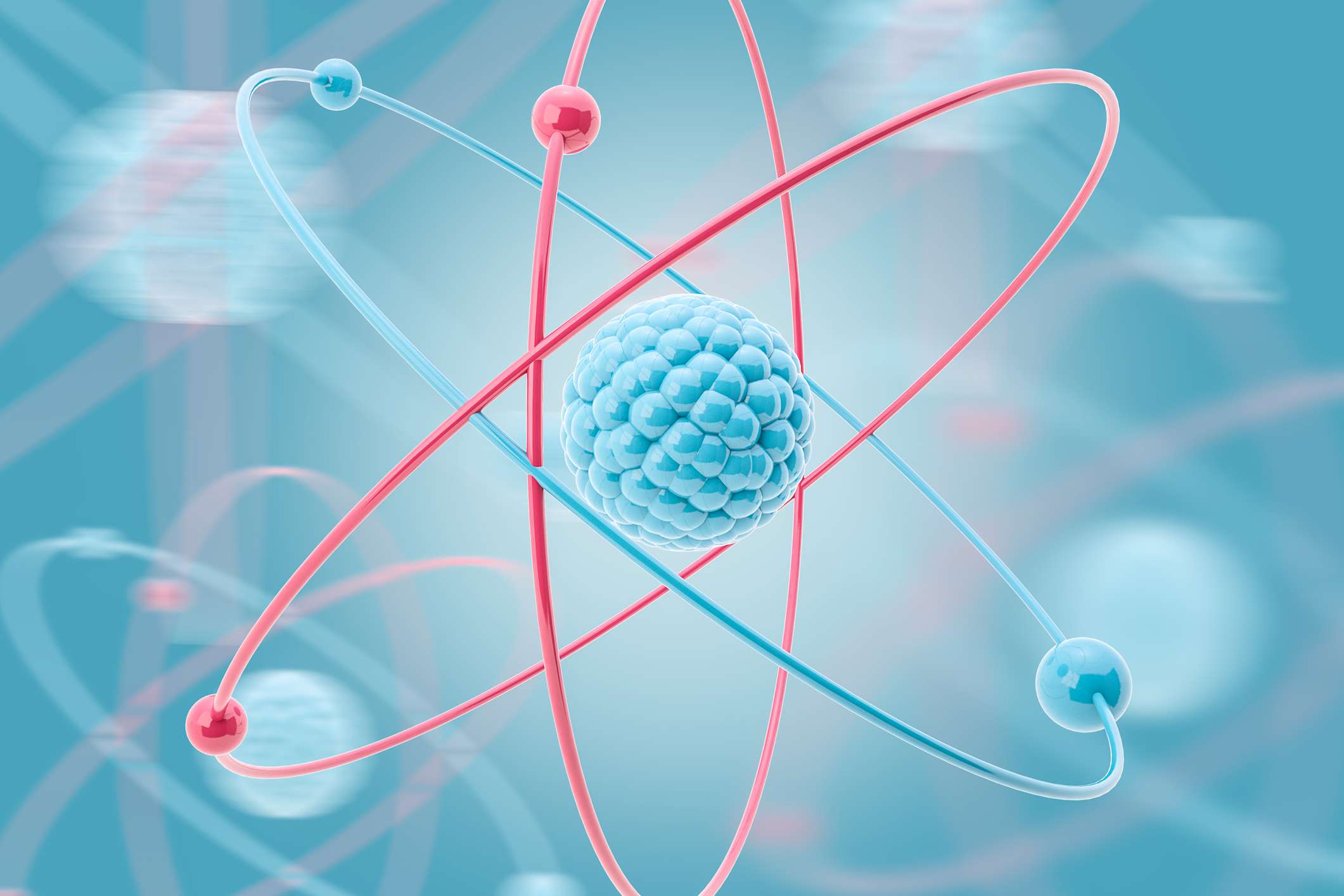We know that every atom is unique and is composed of various elements. The structure of the atom consists of various particles, and the number of particles present in it varies from one atom to another. The atomic structure of an element attributes to the composition of its nucleus and the classification of the electrons around it in different orbitals. Fundamentally, the protons, electrons, and neutrons are the vital particles in it. In this article, we will throw some light on the theories of atomic structure.
Dalton’s Atomic Theory
As per the chemist John Dalton, “All matter is made up of atoms, which are indivisible and indestructible”. He also suggested that the chemical reactions are rearrangements of various atoms, which give the product. Also, atoms, the smallest particle of the atomic structure, is responsible for the chemical reaction to take place.
Postulates of Dalton’s Theory
Listed below are postulates of Dalton’s theory:
- Matter consists of small, indivisible particles called atoms.
- Atoms of a specific element are identical in mass, size, and distinct properties. Nevertheless, atoms of different elements exhibit different properties and differ in mass and size.
- Atoms can neither be created nor destroyed. Moreover, atoms cannot be broken down into smaller particles.
- Atoms of diverse elements can combine with each other in appropriate whole-number ratios in order to form compounds.
- Atoms can be rearranged, combined, or separated in chemical reactions.
Thomson Atomic Model
The popular scientist Joseph John Thomson proposed an atomic model which gave a detailed explanation of the inner structure of an atom. Electron, the negative particle present in an atom, was discovered by Thomson using the cathode ray tube experiment.
Postulates of Thomson’s Atomic Model
- An atom comprises of a positively charged sphere with electrons inserted in it.
- An atom as a whole is electrically neutral, as the negative and positive charges that are equal in magnitude.
The atomic structure proposed by Thomson is referred to as the Plum Pudding model. As the name suggests, the atom can be imagined as a plum pudding dish where the pudding indicates the positively charged atom and the plum pieces indicate the electrons.
Rutherford’s Atomic Theory
The physicist Ernest Rutherford, popularly known as the father of nuclear physics, discovered that the atom comprises majorly of empty space, with its mass accumulated in a central positively charged nucleus.
The Main Postulates of Rutherford Atomic Model
- Rutherford’s model proposed that the negatively charged electrons enclose the nucleus of an atom.
- The positively charged particles and most of the mass of an atom were stored in an extremely small volume. This region of the atom Rutherford named it as a nucleus.
- Rutherford also proposed that the electrons surrounding the nucleus revolve around it with very high speed in circular paths. He described these circular paths as orbits.
- Electrons are negatively charged, and the nucleus being a densely concentrated mass of positively charged particles, is held together by a strong electrostatic force of attraction.
Bohr’s Atomic Theory
The scientist Neils Bohr proposed the Bohr model of the atom in the year 1915. In Bohr’s atomic theory, he says that an atom consists of a small nucleus (positively charged) which is enclosed by negative electrons circling around the nucleus in its orbits. Bohr noticed that an electron is located distant from the nucleus with more energy, and electrons lying close to the nucleus have less energy.
Postulates of Bohr theory
- The electrons present inside atoms are placed in discrete orbits, which are known as “stationary orbits”.
- The energy levels of these shells can be designated via quantum numbers.
- Electrons can move to higher levels by absorbing energy and move to lower energy levels either by losing or emitting their energy.
- When an electron stays in its own stationary, there will be nil absorption or emission of energy.
- Electrons revolve around the nucleus in these fixed stationary orbits only.
- The energy of the stationary orbits is quantized.
These atomic theories help in giving us a crystal clear idea about the structure of atoms. These theories also helped us in protecting the smallest element that is hydrogen, as we all know that hydrogen is the smallest element with various applications, such as in hydrogen fuel cell, rocket propellants, etc. Similarly, the structure of various elements is determined, and elements have a wide variety of applications. Atomic structure, theories, and models are the fundamentals in the discovery and determination of various other elements and chemical reactions.

